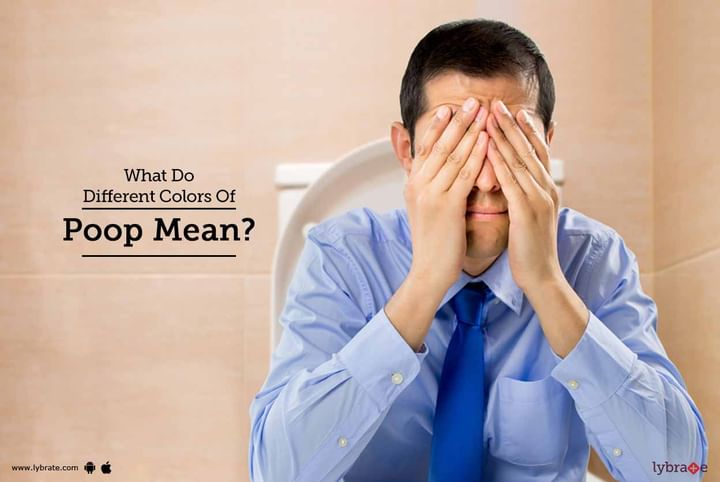Get the App
For Doctors
Login/Sign-up
Last Updated: Oct 23, 2019
BookMark
Report
What Do Different Colors Of Poop Mean?
Describing poop as per its shape and color can be difficult. So, doctors resort to a scale which can show different variants and it is commonly referred to as Bristol stool chart which gives people a fair idea of the poop conditions. So, here is a brief description of different types of stools which can help you assess your poop and overall health conditions:
- Separate hard lumps which are uncomfortable to pass: This kind of stools has stayed for a long time in the bowel which makes them difficult to pass. When the stool is separated and formed hard lumps, they indicate that you are probably constipated. It tends to subside on its own, but in case you are passing these poops for over a week, you must consult an expert to know what’s causing it.
- Sausage shaped lumpy stool: This type of stool can also mean that you are constipated. It can also be eliminated by adding more fiber to the diet and drinking more water which can help in bowel movement. On the other hand, if you have a sausage-shaped lumpy stool with cracks on the surface that are easy to pass, it means that you have a normal stool that doesn’t need any medical intervention.
- Snake like stool that is soft and smooth: If you have this type of poop once or twice in a week, it means that your digestive system is on track. Even though every individual has unique toilet habits, it is normally good if you pass this type of stool regularly.
- Watery poop without any solid pieces: If you have this type of poop for more than two days, then you should call your doctor without further delay. It is also required to check whether you have other symptoms of dehydration such as dry mouth, headache, sleepiness and dizziness accompanied by pain in the abdomen and fever.
- Fluffy poop with ragged edges: When you have this type of poop for more than three times in a day, it means that you have diarrhea. You should drink plenty of fluids as per your suitability. Even though you must have enough water, you must replace the electrolytes that are lost by consuming broths and fruit juices.
- Brown poop: There can be a host of brown shades of poop, and the exact color entirely depends on the foods that you eat and the bile content in the food. It is important to mention that bile is a yellow-green fluid that aids in the digestion of fats. Almost all shades of brown and sometimes green are considered normal unless they are causing any discomfort in particular.
With this information, it will be easier for you to assess your overall health condition along with your bowel health.



+1.svg)
